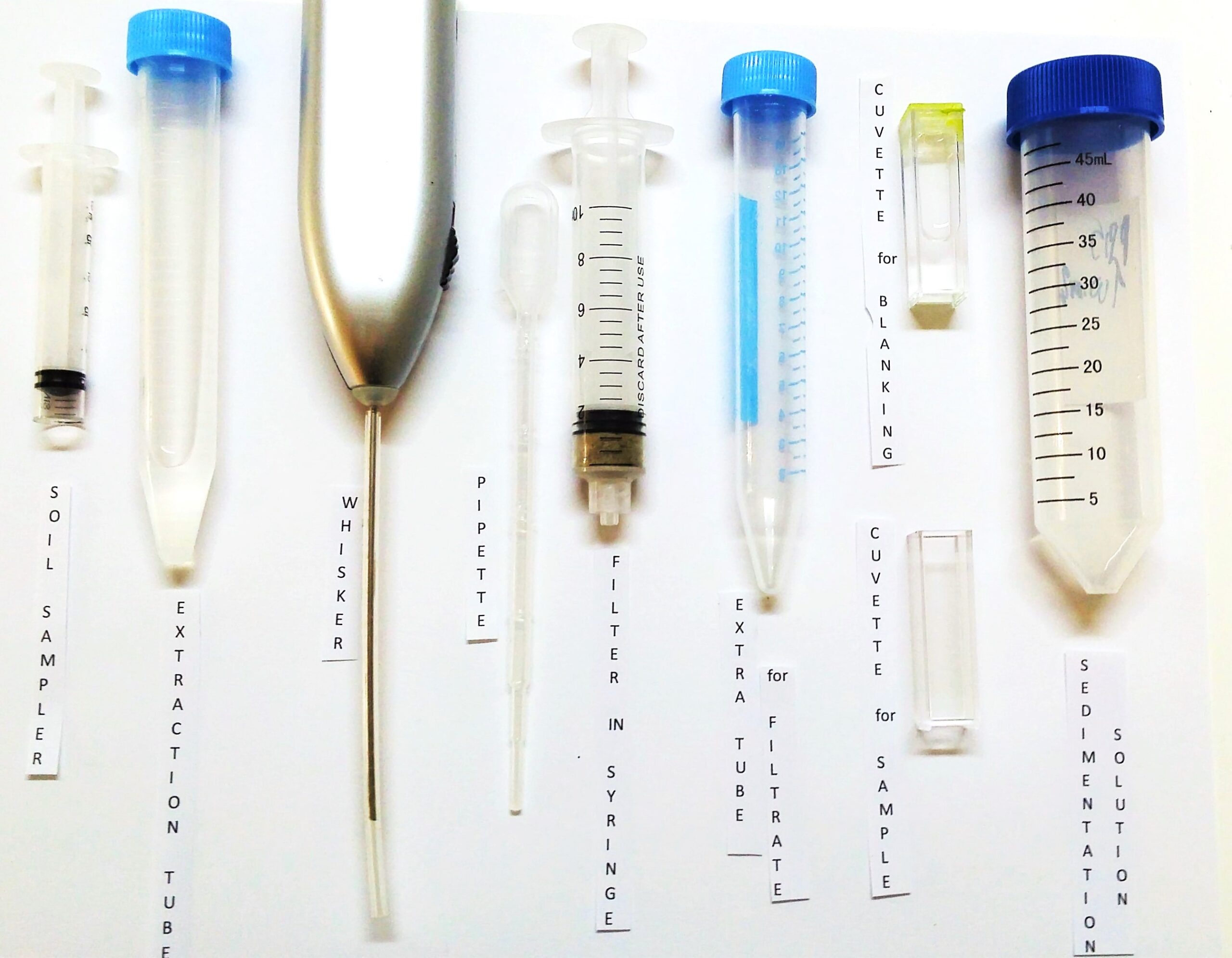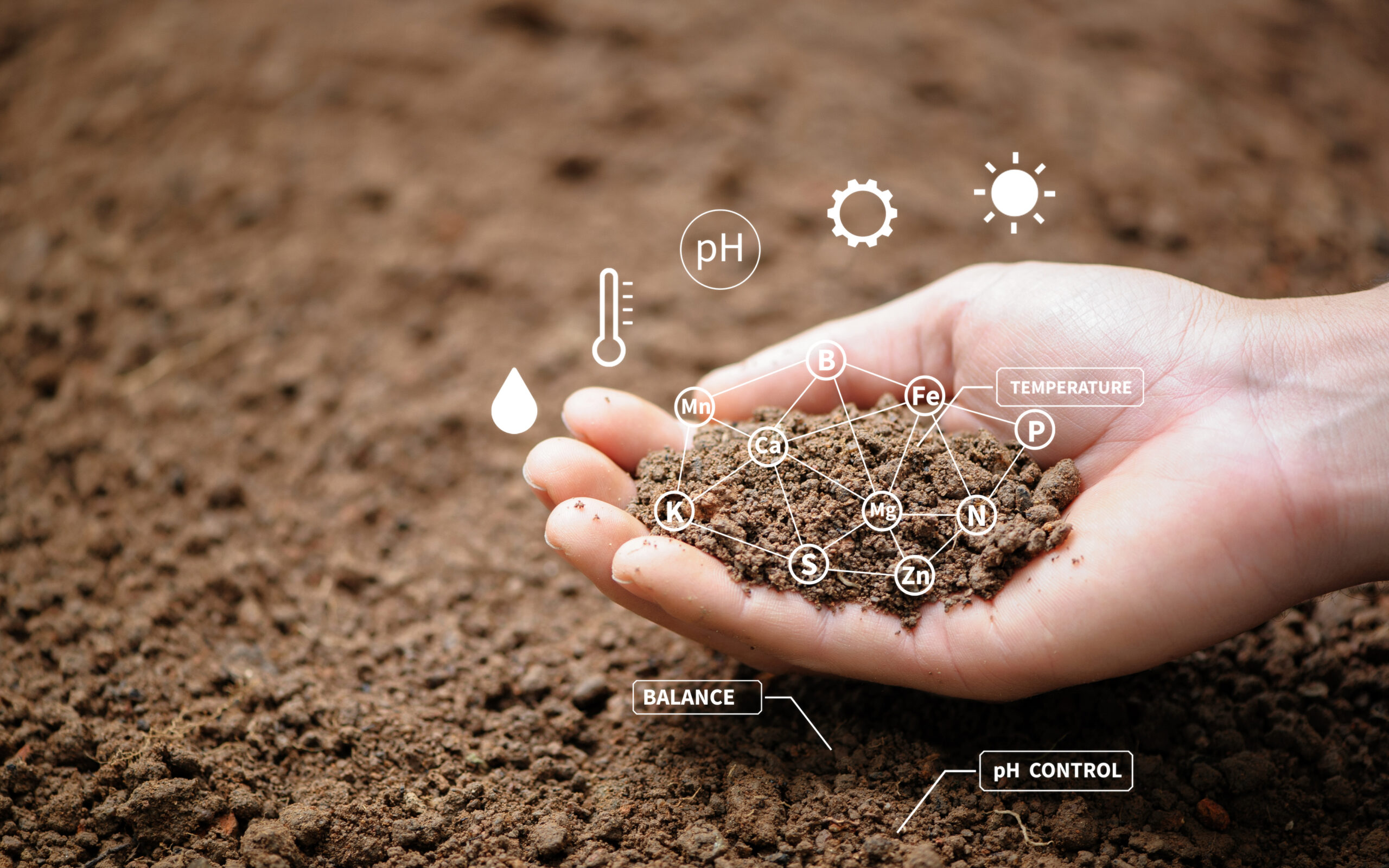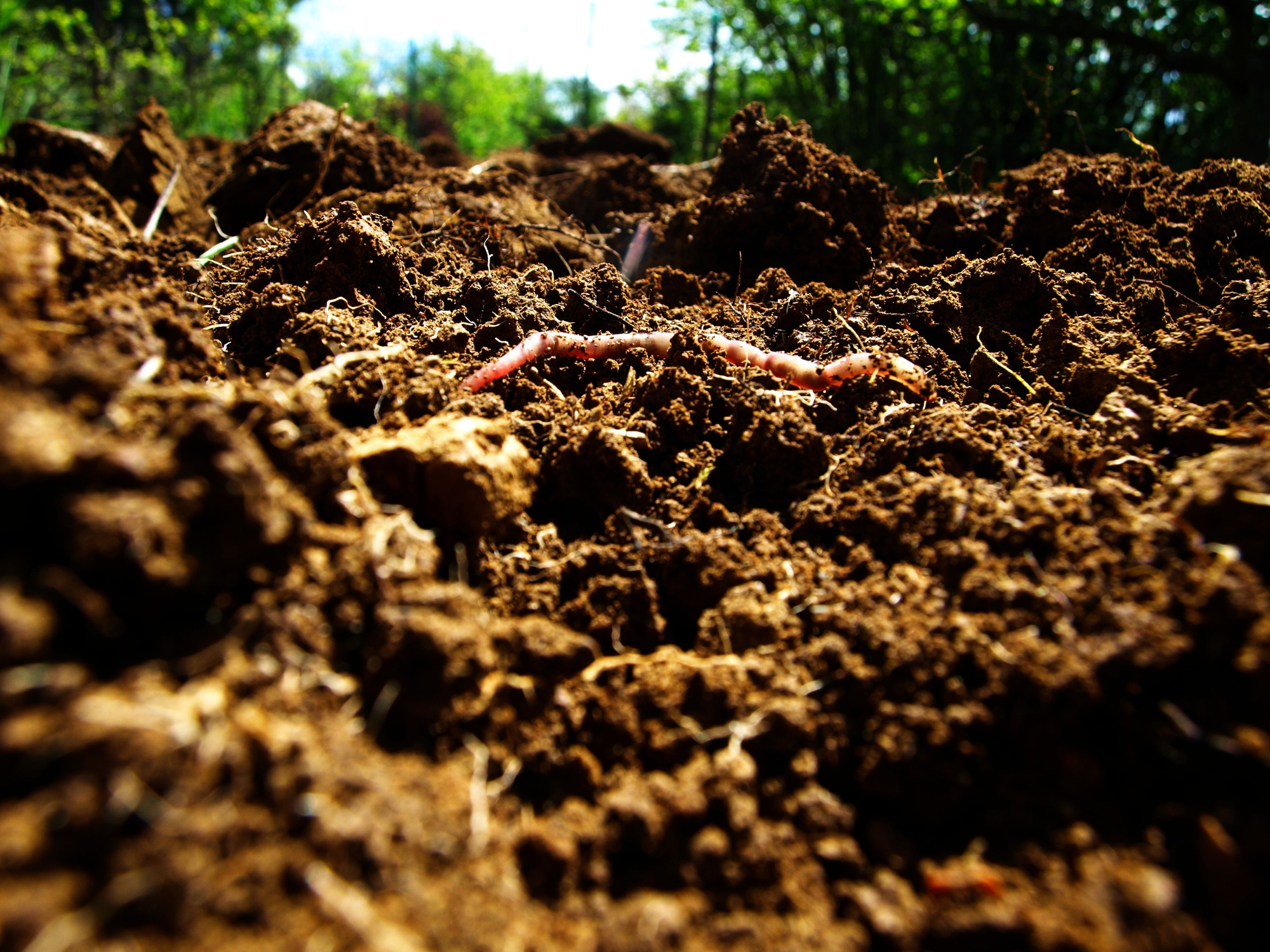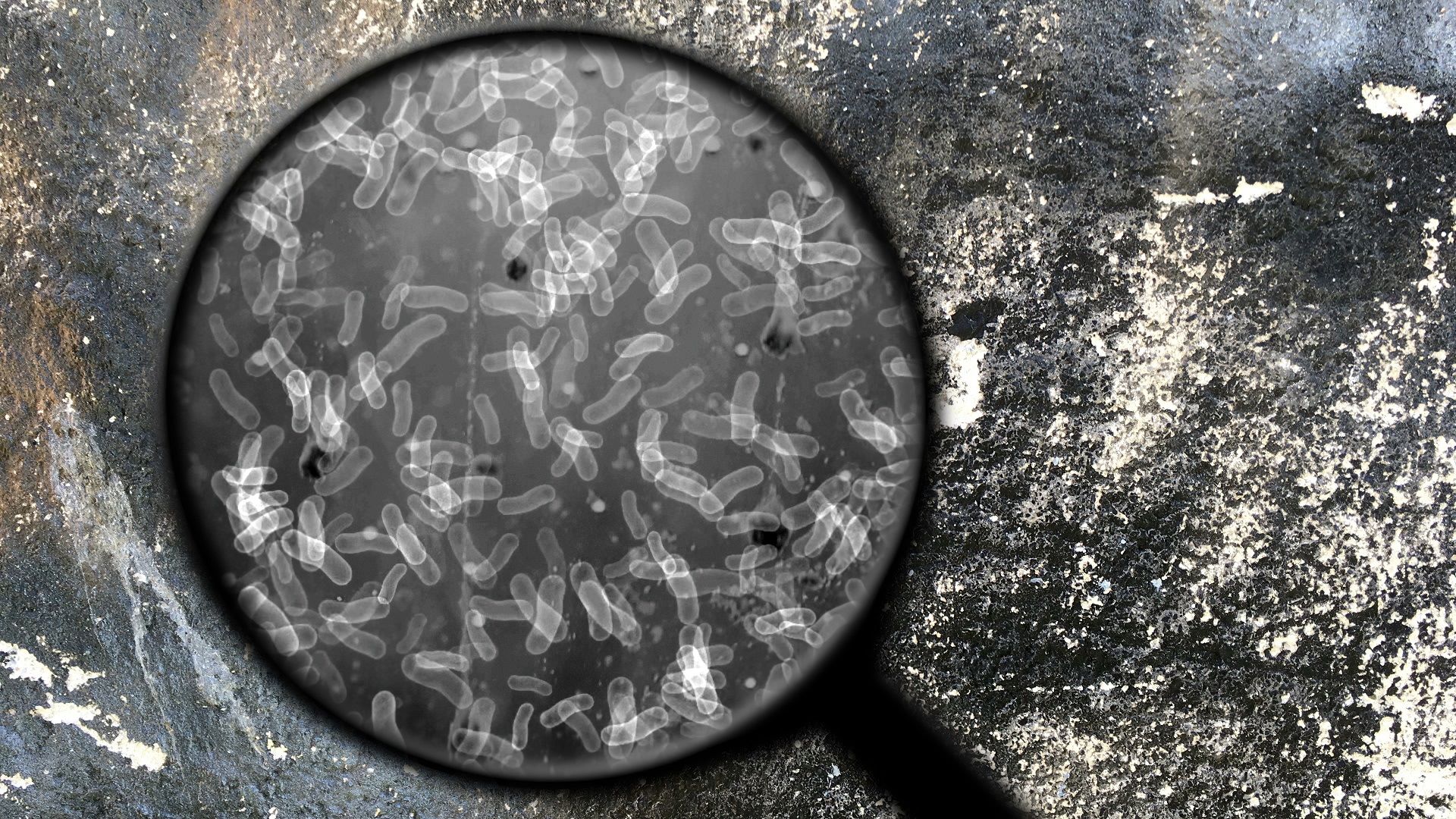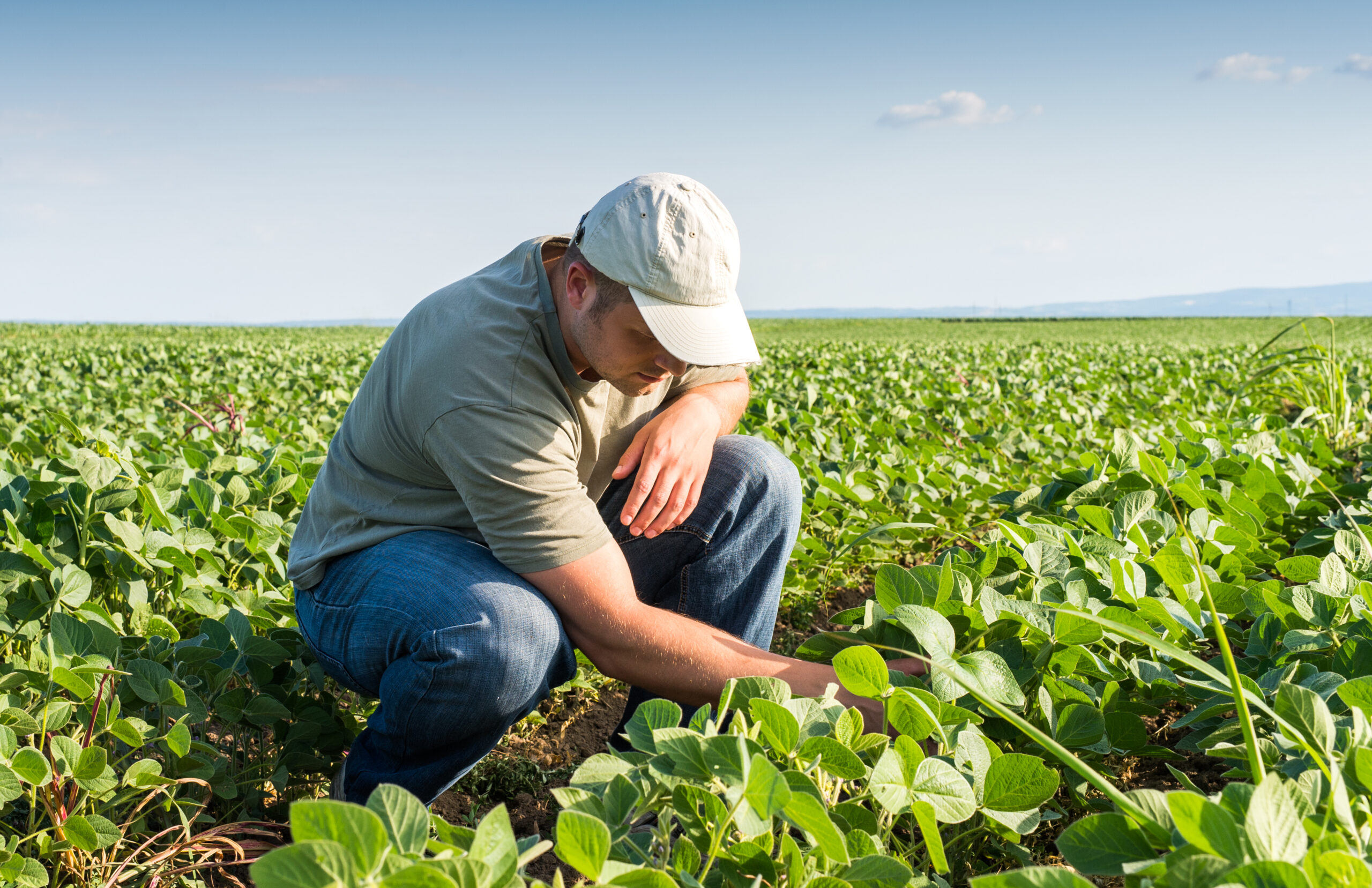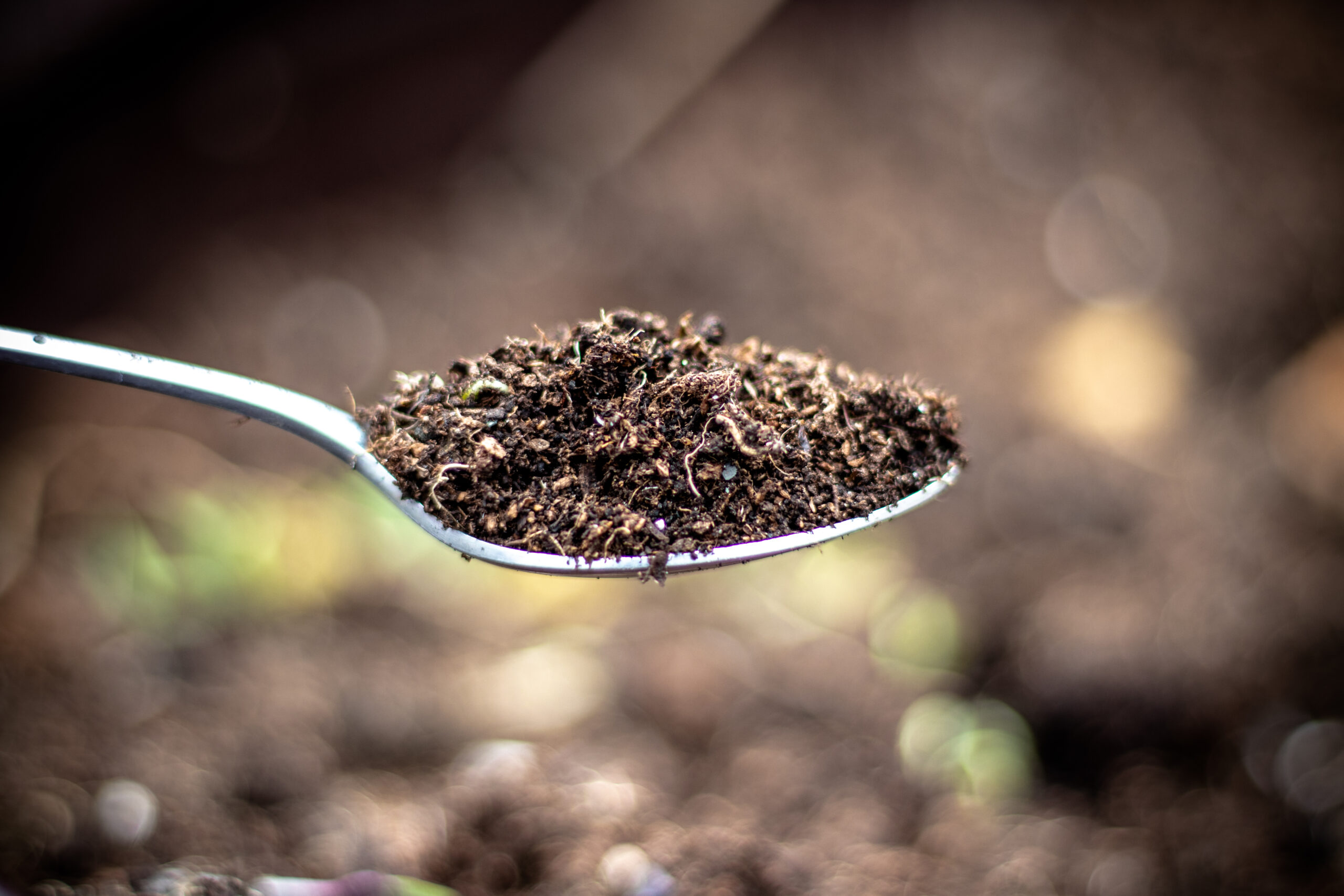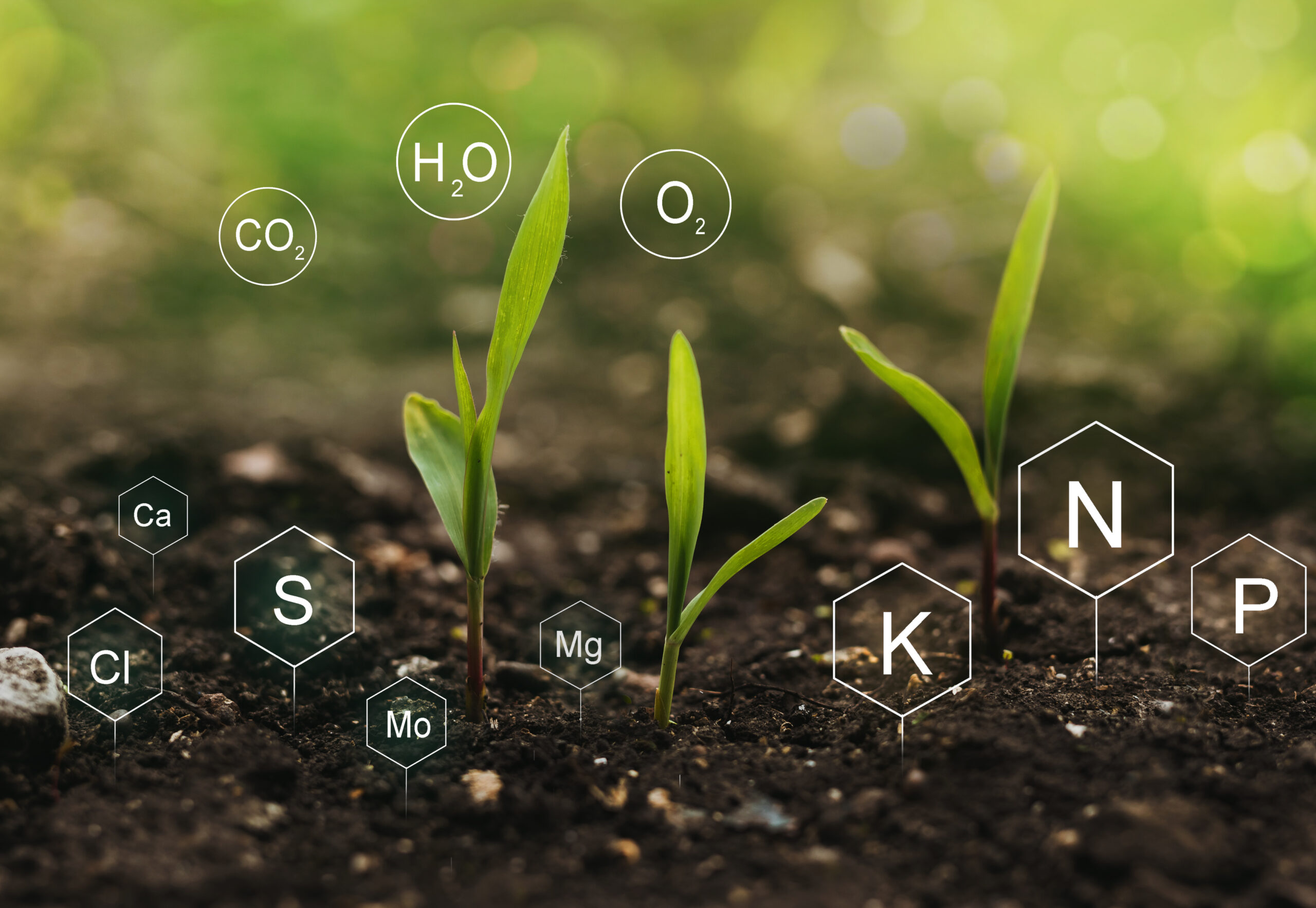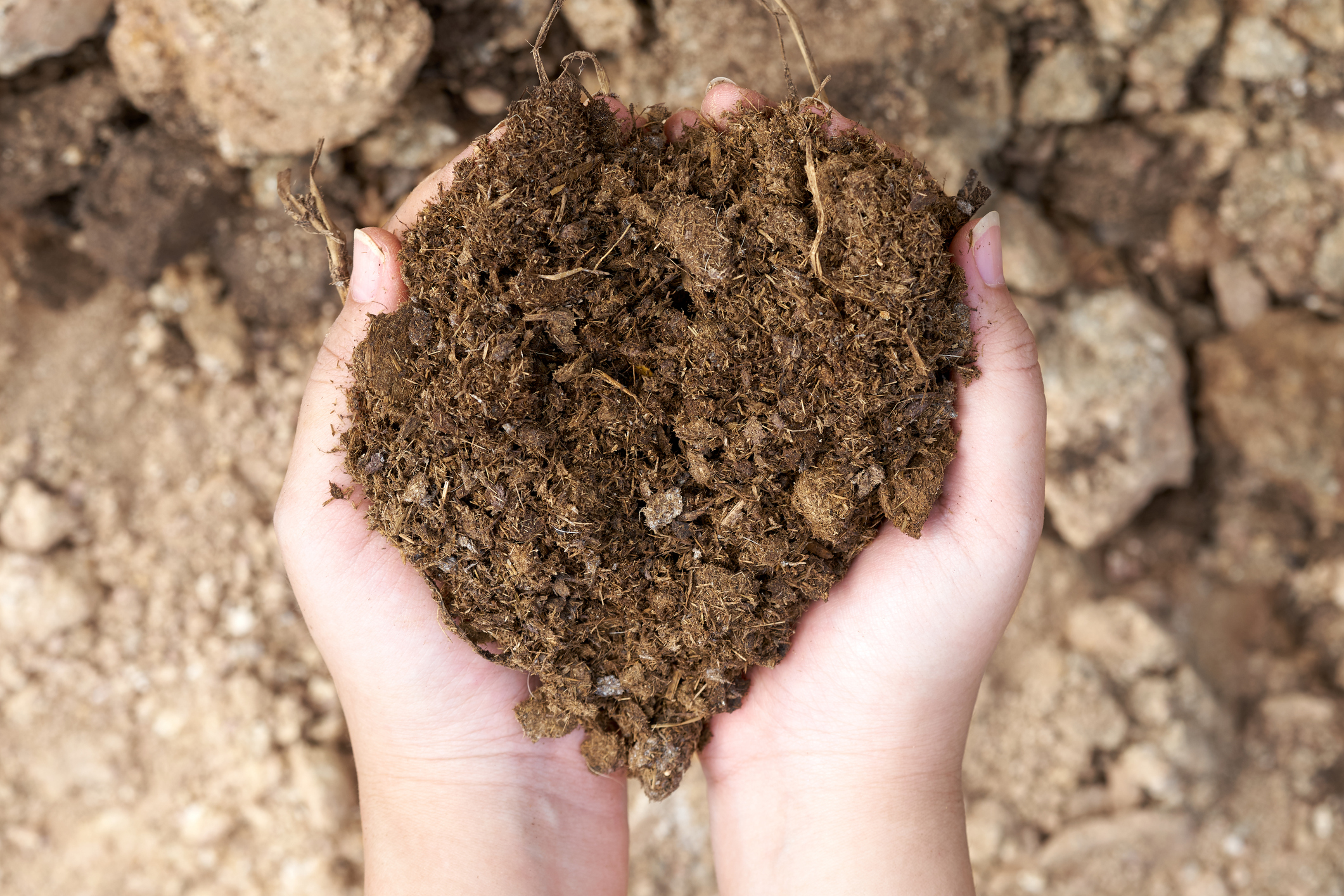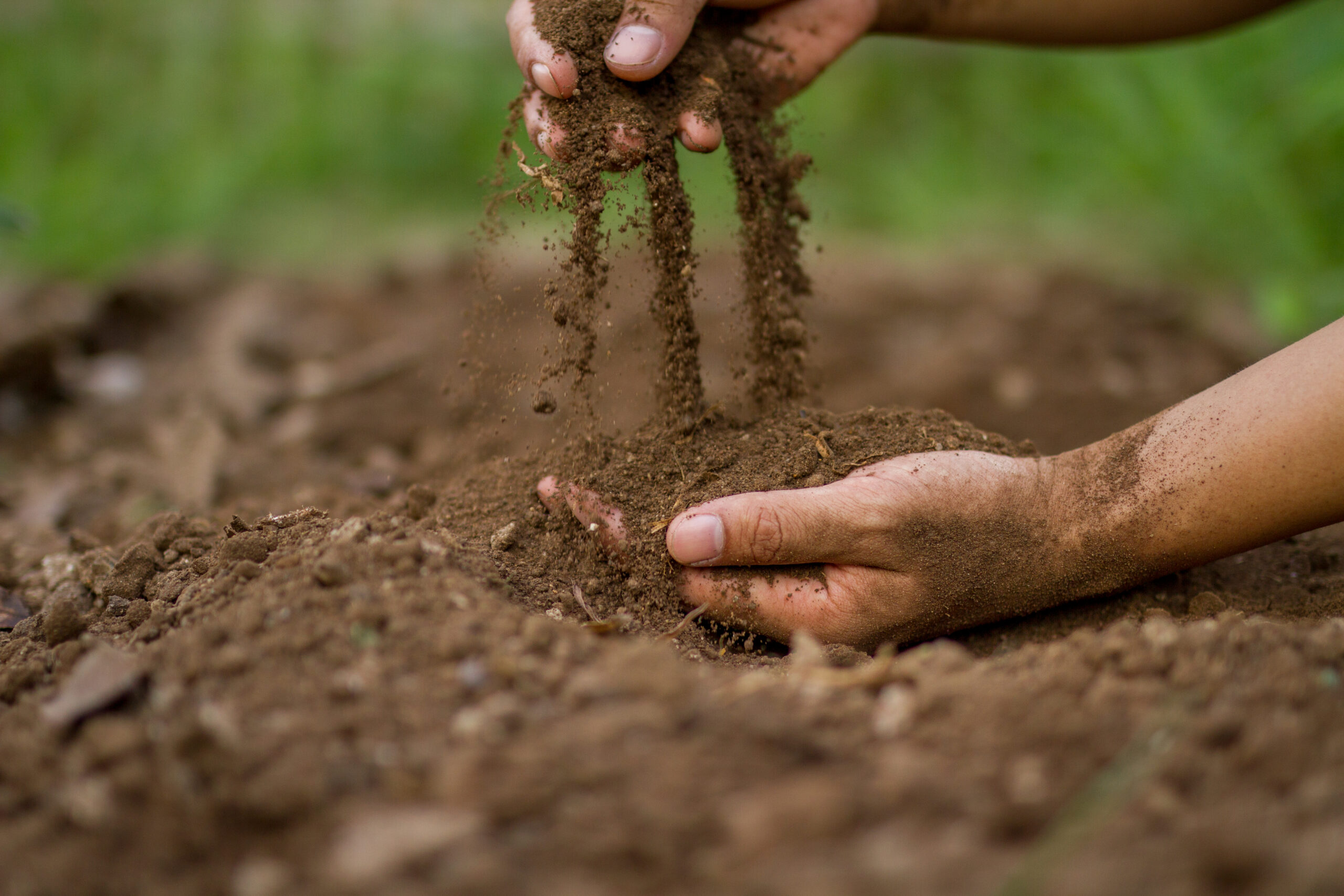
Which soil test is right for me?
There are many soil tests on the market so it can be difficult for farmers to ascertain whether or not they’re choosing the right one. The truth is, there are pros and cons to every soil test. Therefore it boils down to finding which ones align best with your farming

